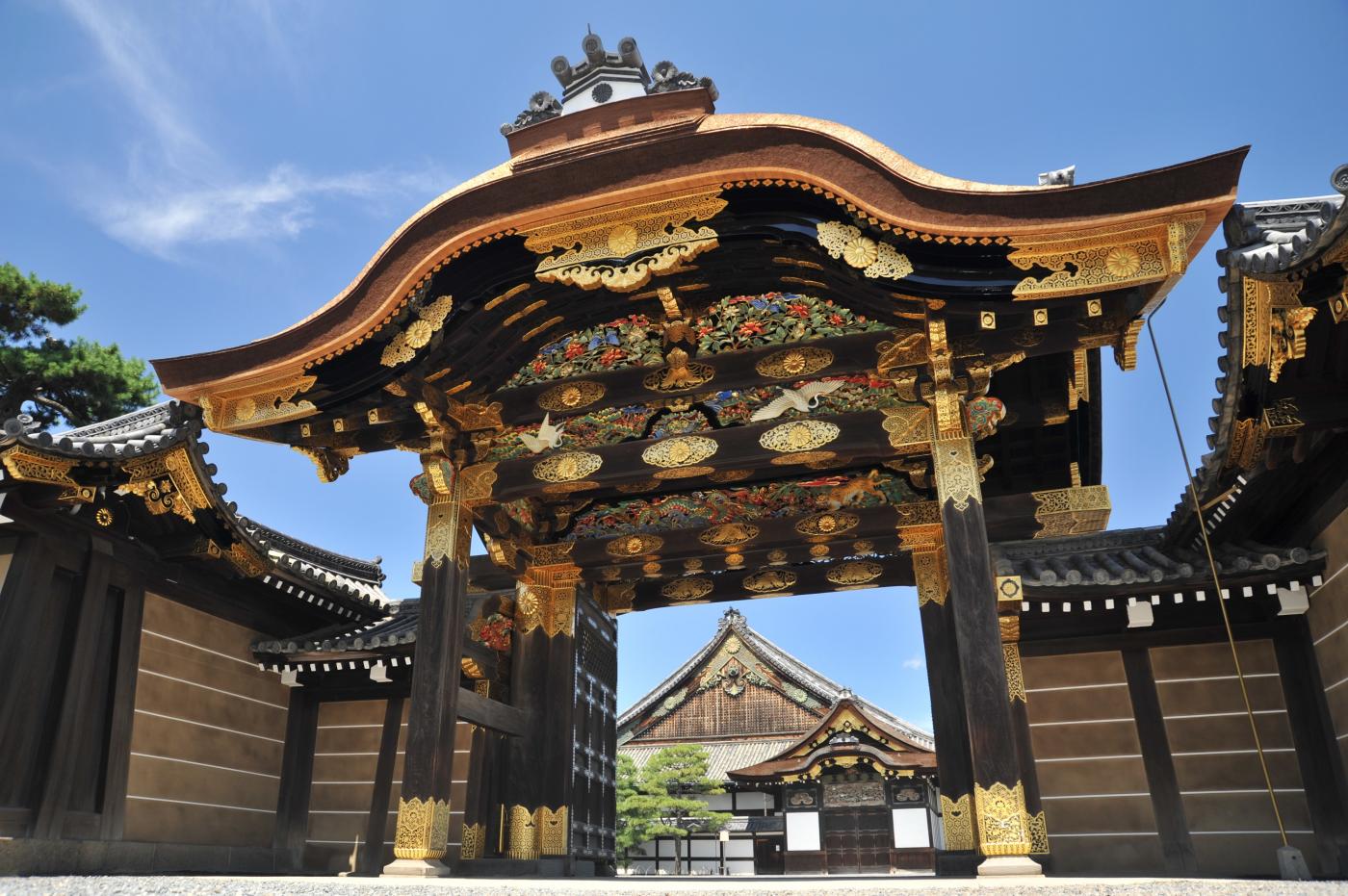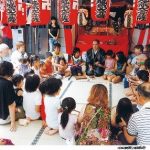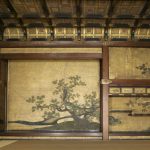Become Shogun of a UNESCO World Heritage castle for a day! … reports Asian Lite News.

Nijo-jo (Nijo-Castle) is one of the seventeen Historic Monuments of Ancient Kyoto which have been designated by UNESCO as a World Heritage Site. It was founded in 1603 by the order of Ieyasu Tokugawa, the first shogun of the Tokugawa shogunate government as the residence of the shoguns in the imperial capital city of Kyoto. The construction was completed in 1626 during the reign of the 3rd shogun Iemitsu Tokugawa, and it houses numerous cultural assets including 6 registered national treasures and more than 1,000 registered important cultural properties. Nijo-Castle is a beautiful example of the so-called Momoyama style of architecture.
It’s been more than 400 years since the castle’s foundation, and the castle, including the national treasure of the Ninomaru Palace, is currently undergoing extensive restorative work to ensure its preservation for generations to come.
To aid the fundraising efforts for this massive undertaking, Kyoto City has launched a fundraising campaign whereby contributors receive various rewards as a token of appreciation and commemoration.
Those that contribute more than JPY 1,000,000 (USD 9,000) are invited to become ‘Shogun of the Castle for a day’ and are entitled with rare access the special areas inside the palace not opened to the public, where they can observe the on-going repair works. They are also provided with a special commemorative certificate. Additionally, those that contribute JPY 10,000 (USD 90) or more will go into a lottery draw to also have the opportunity to become ‘Shogun of the Castle for a day’.
The major repair works started in 2011, and it is estimated to cost a total of JPY 10 Billion (USD 90 million) and 20 years to complete. It is the largest restoration project since the foundation of the castle itself. JPY 700 million has been earmarked by Kyoto City as a target for donations received not only from Kyoto City citizens but also from all over Japan and from the around world. As of April 2018, JPY 548,712,300 has been collected, and it is hoped that through this unique opportunity and initiative that many international supporters can feel a real sense of ownership and understanding of the castle which is a cultural asset not only for Japan but for mankind.
A Festival where wishes come true! – Kyo no Tanabata

Tanabata, also known as Star Festival, is celebrated in many cities throughout Japan on July 7th, but in Kyoto it is celebrated on August 7th in line with the lunar calendar. Tanabata celebrates the legend of two astrological lovers – Hikoboshi (the Altair star) and Orihime (the Vega star) who are separated by the Milky Way or “river of the heavens”. Once a year they are allowed to meet, and this is celebrated by hanging a small paper with our wishes written on it, which are tied to Tanabata bamboo branches. The bamboo branches are displayed throughout the city, and then in mid-August during the Obon-festival, they are collected and ceremoniously burnt spectacularly at the famous Gozan no Okuribi bonfire – sending the wishes to heaven and making all the wishes come true!
Kyoto celebrates the festival over a ten-day period with a number of unique and beautiful evening events all designed around the theme of ‘wishes’ at various iconic locations throughout the city. The events include magical visual installations of Tanabata, illuminations, lightshows, artistic soundscapes, family-fun activities and festive food stalls.
Visitors to Kyoto are encouraged to participate in the Kyo no Tanabata festival just like a local by wearing traditional yukata (summer kimono) and visiting the major event sites where your wishes can also be added to the Tanabata and come true!
Jizo-Bon Festival – Protecting a tradition that protects children

Visitors to Kyoto are quick to notice the many stone statues dotted throughout the city known as Jizo. Jizo are believed to be the guardians of children and were traditionally placed near neighborhood gates and on streets to protect the community, and especially the community’s children, from fire and disease. People offered prayers to the Jizo every day which culminated into an annual Jizo-Bon community-based festival.
The ancient practice of worshipping Jizo initially appeared in India before spreading to China along with Buddhism. Today, however, it seems that it is only in Japan where the tradition continues. Even in Japan the tradition’s continuance has also been at risk especially in modern times as it was thought that believing in Jizo was antiquated and superstitious. As a result many Jizos have been demolished, buried or removed over time, and even the celebration of Jizo-Bon festivals was forbidden.
The people of Kyoto pride themselves as the custodians of traditional Japanese art, culture and traditions, and in an effort to preserve the Jizo and the Jizo-Bon festival for posterity the Kyoto City Government has registered the festival and its traditions as an ‘Intangible Kyoto Tradition’, to both protect and promote Kyoto’s unique cultural heritage among its citizens, nationally and internationally, as well as to re-appreciate the tradition and its function in bridging and strengthening ties among the communities and between generations.
Thanks to these joint efforts, today all visitors to Kyoto can join in the fun of the community-based festivities with the Jizo-Bon festival celebrated annually in late August, a week after the Obon Festival in mid-August. People pray for the safety of the neighborhood and more importantly the healthy growth of their children. Local children eagerly anticipate the event as sweets and toys are given away and the day is filled with many different games and other fun activities. The festival falls in the last week of the school summer break, so it is also widely regarded within the communities as the last fun summer event before school starts.












